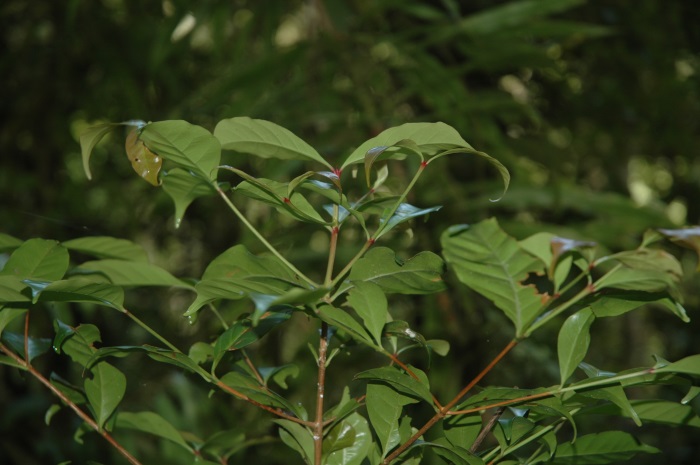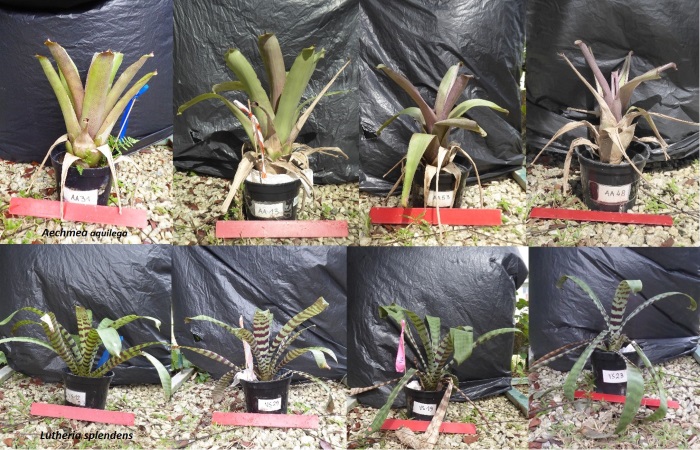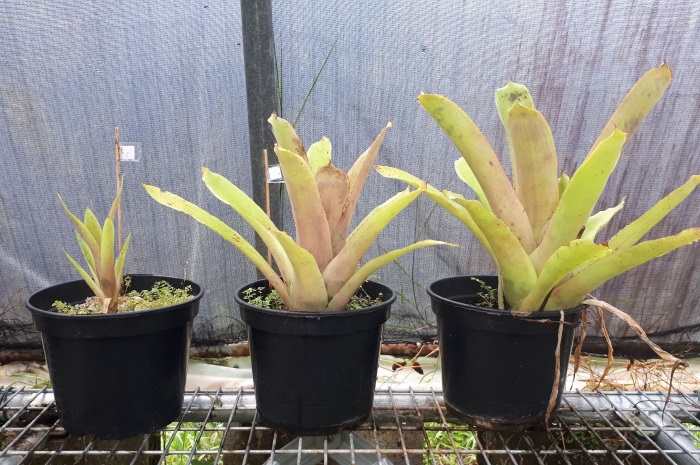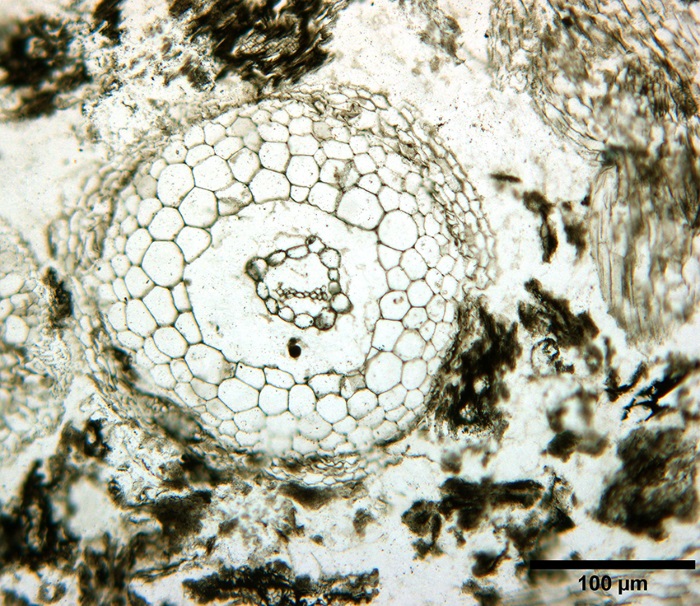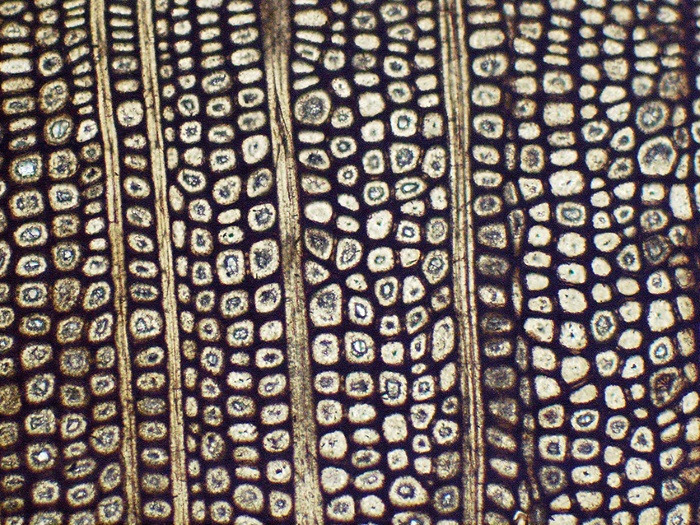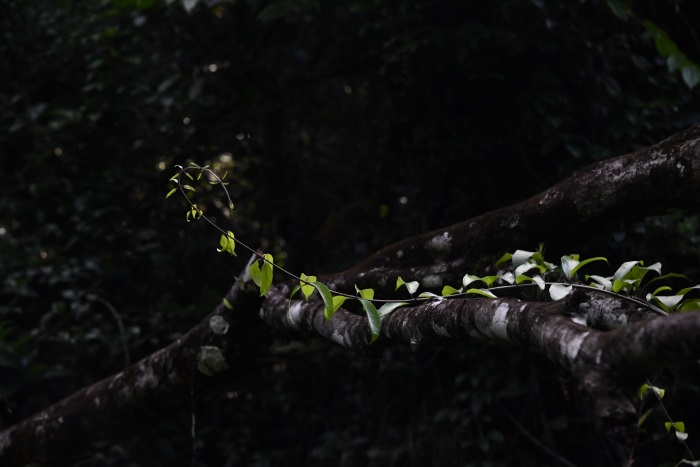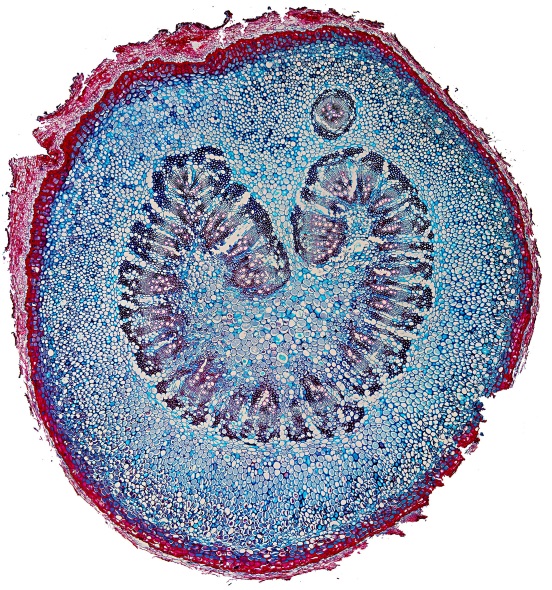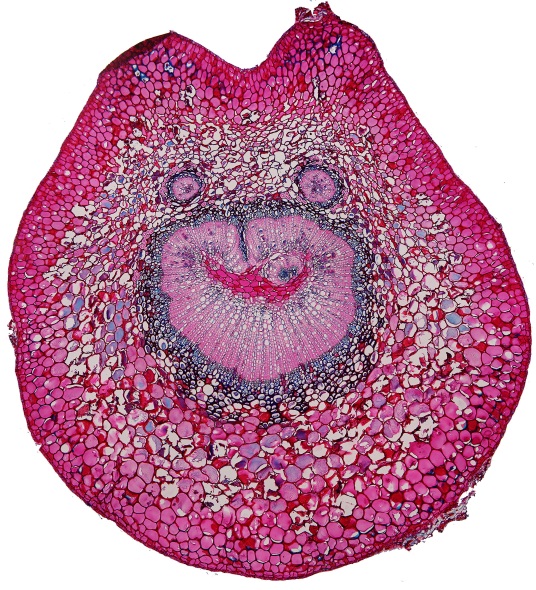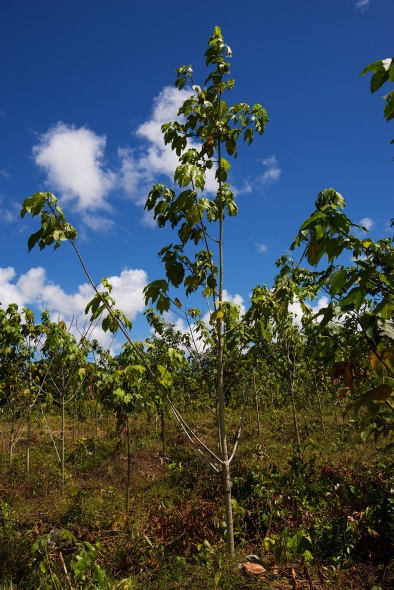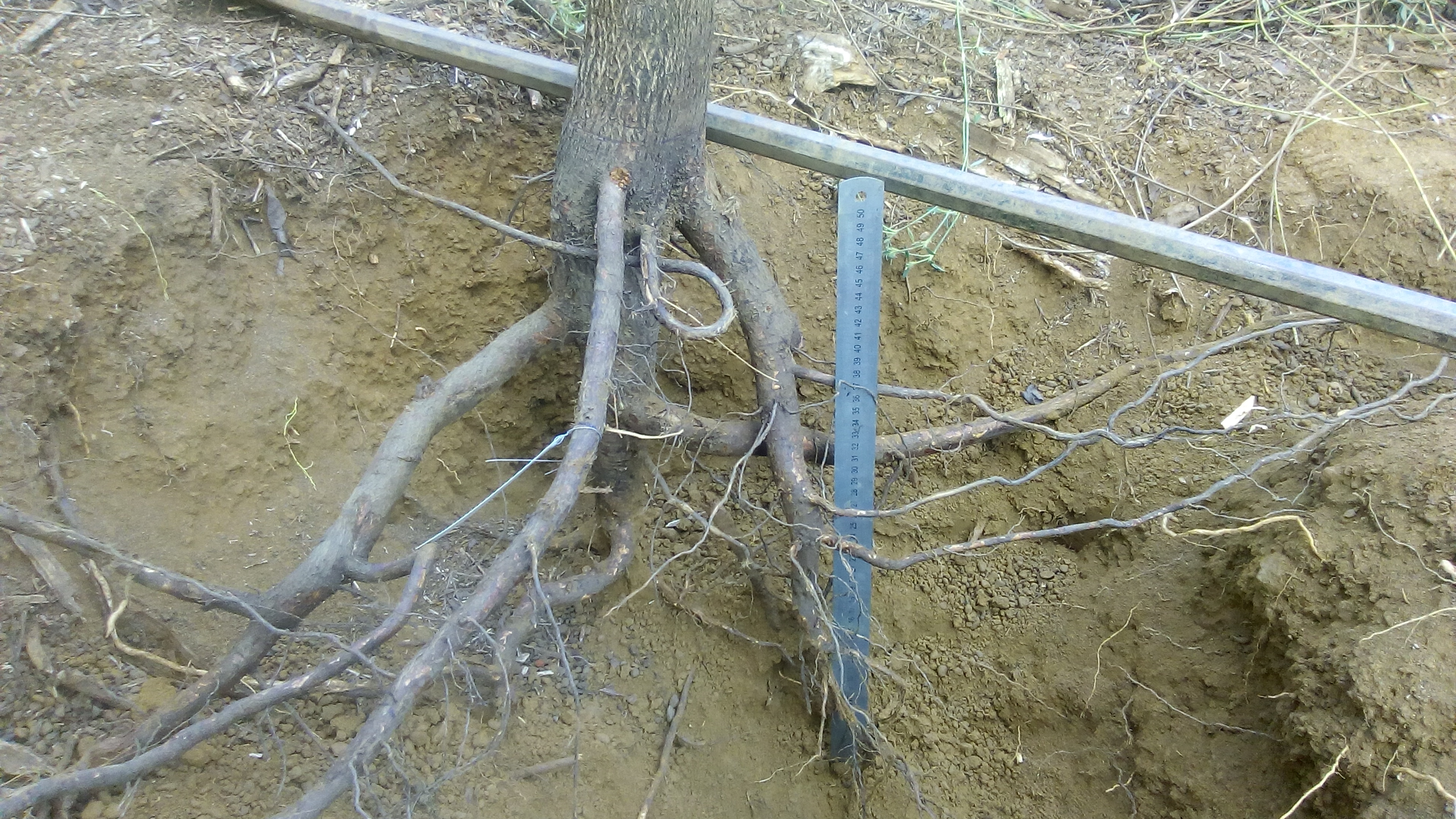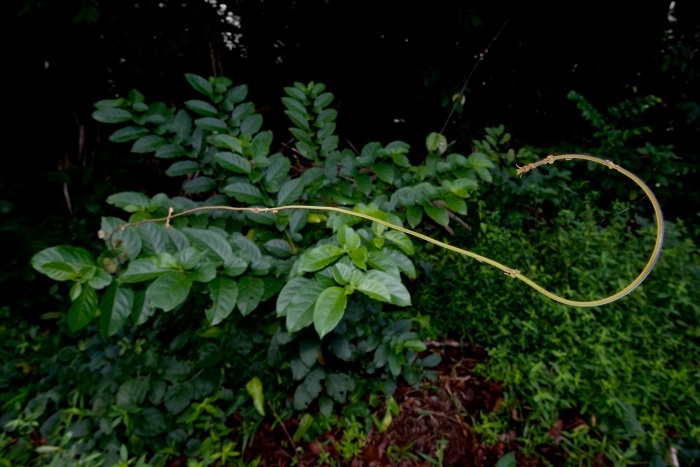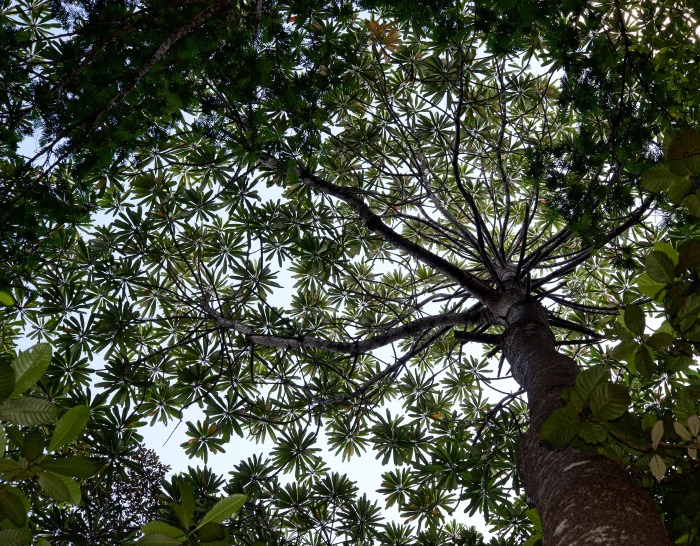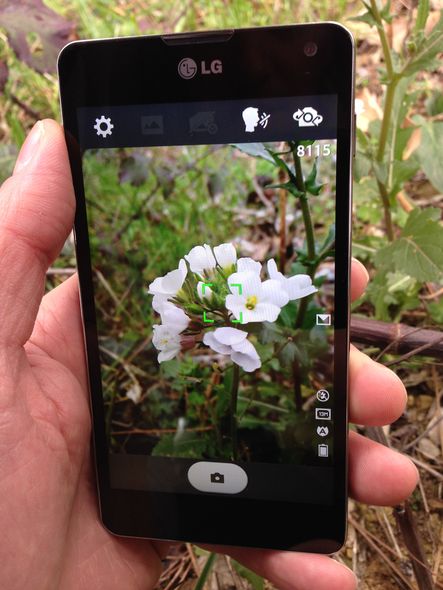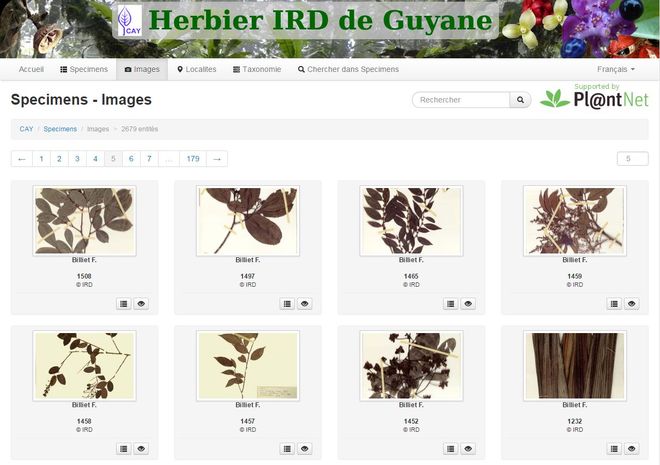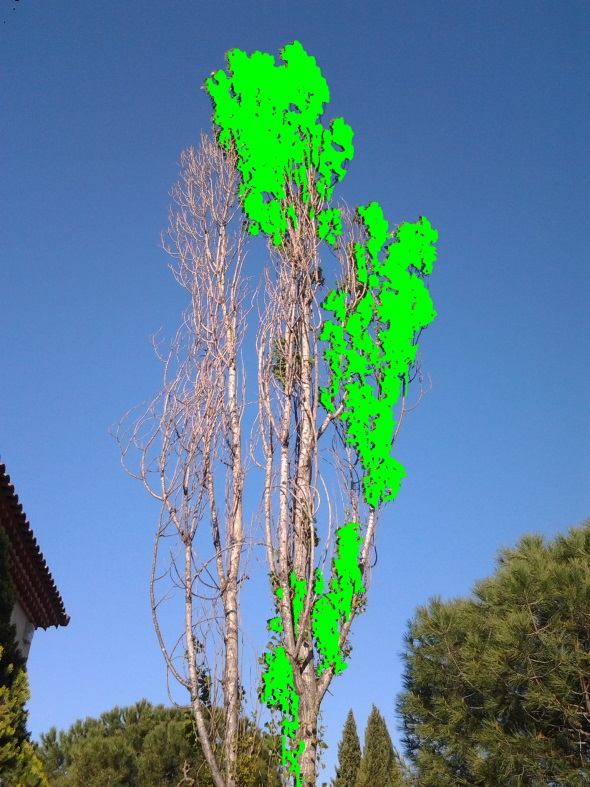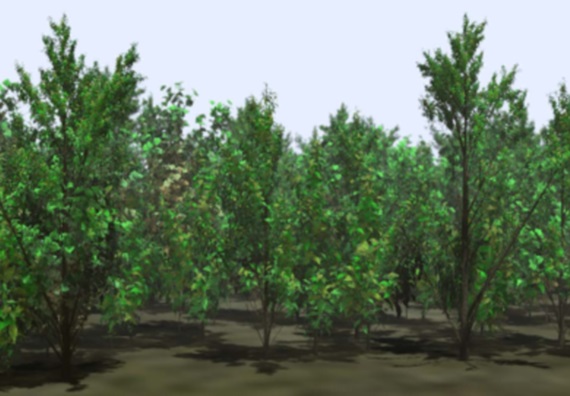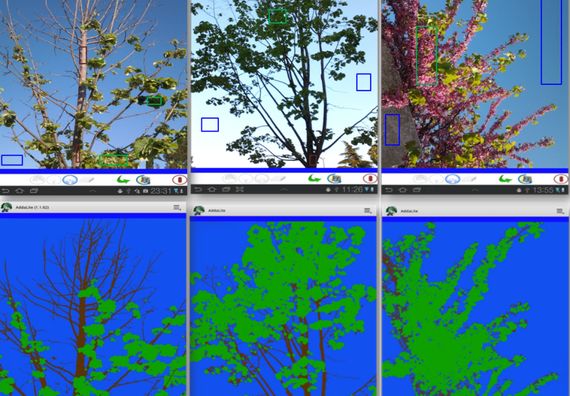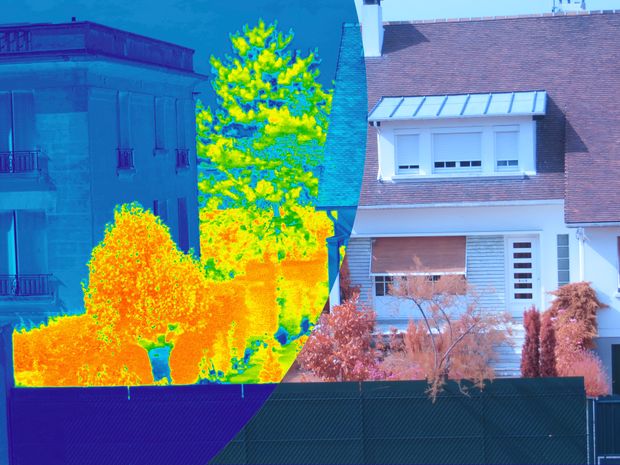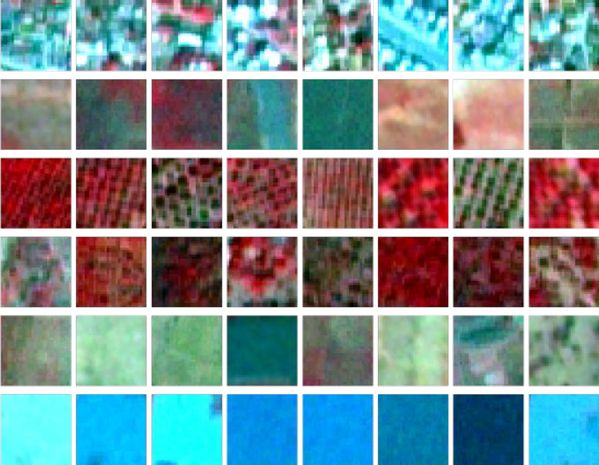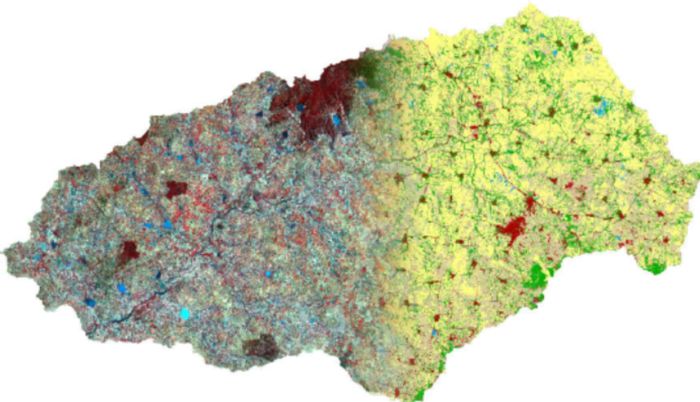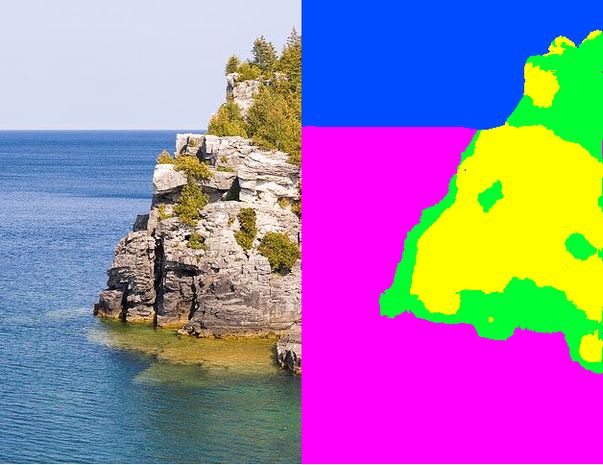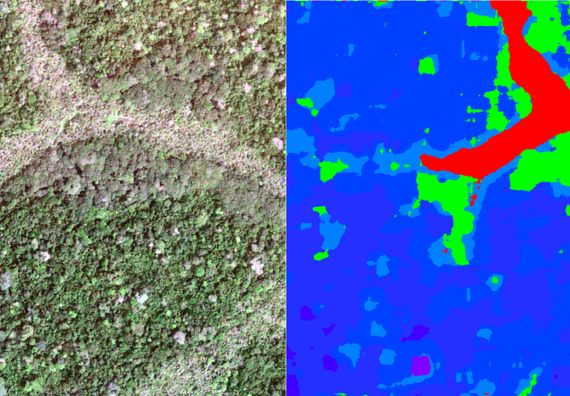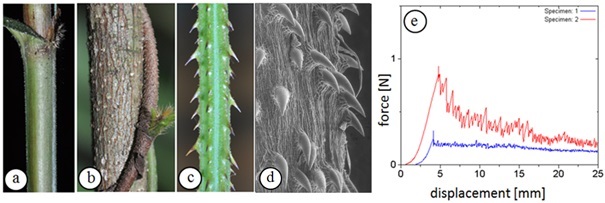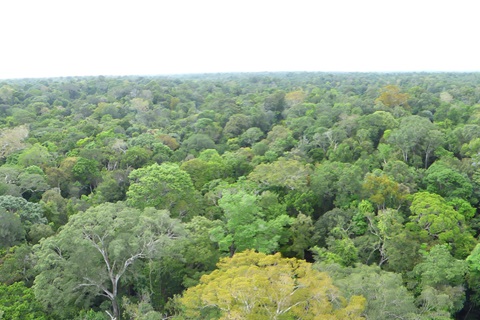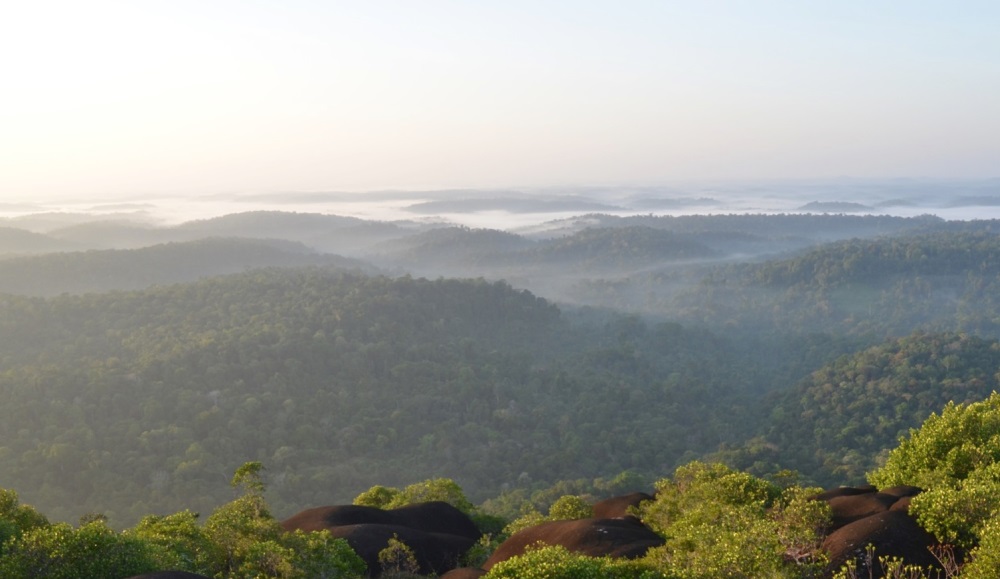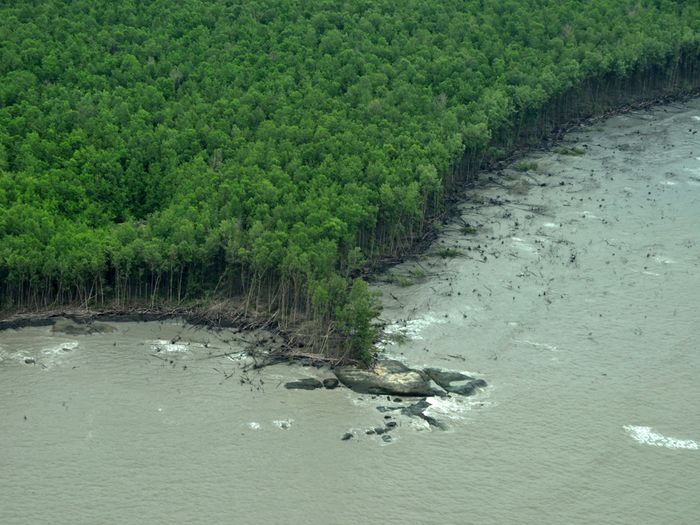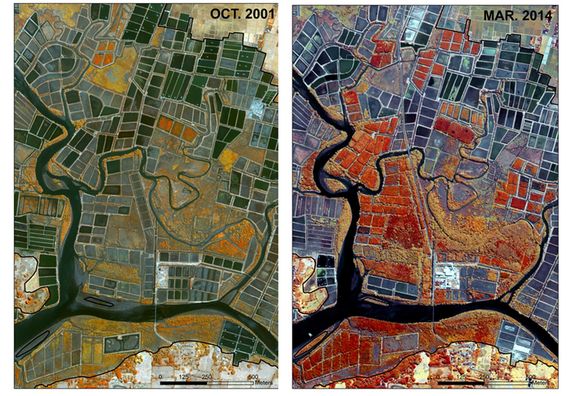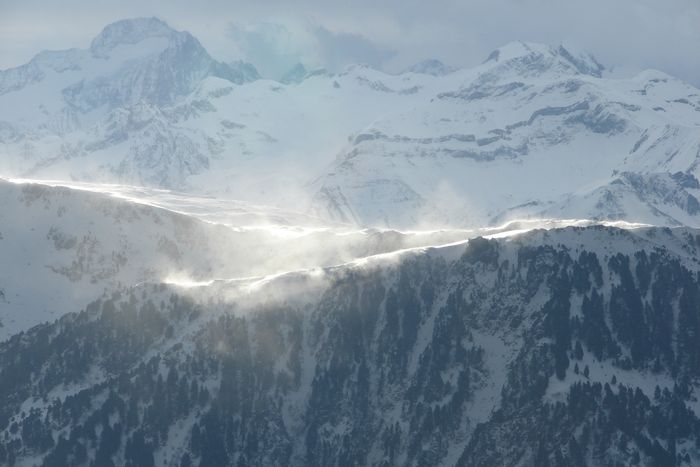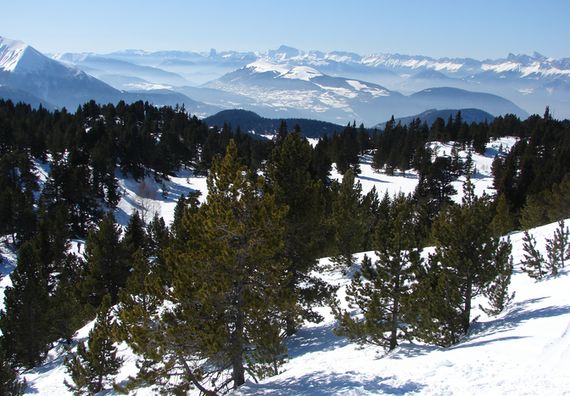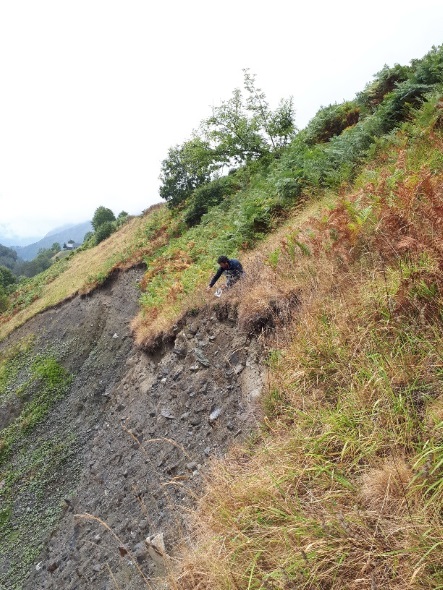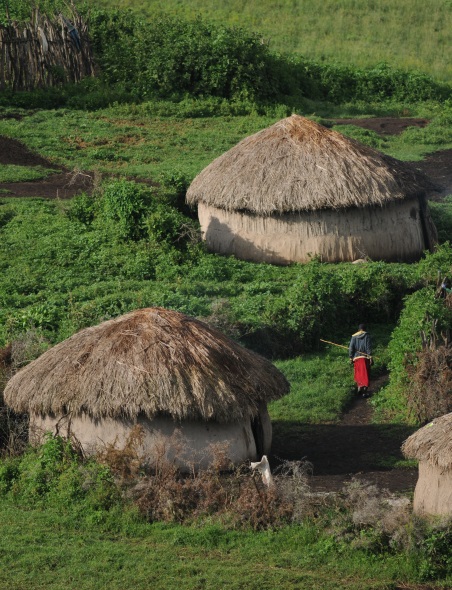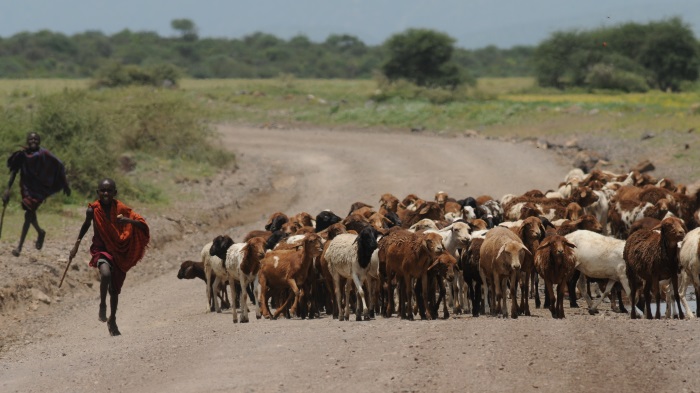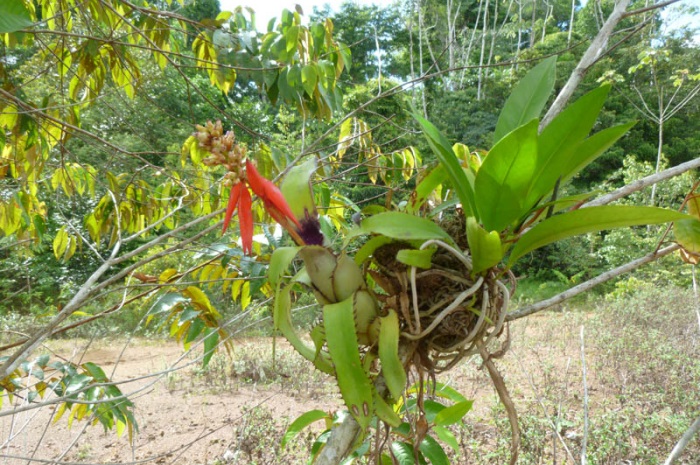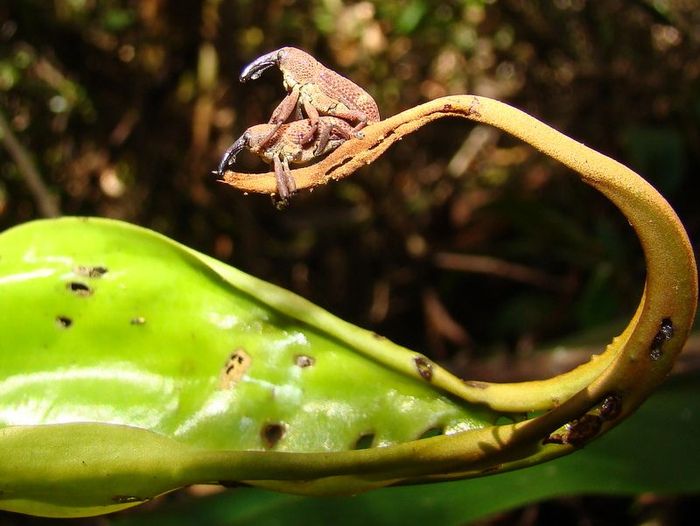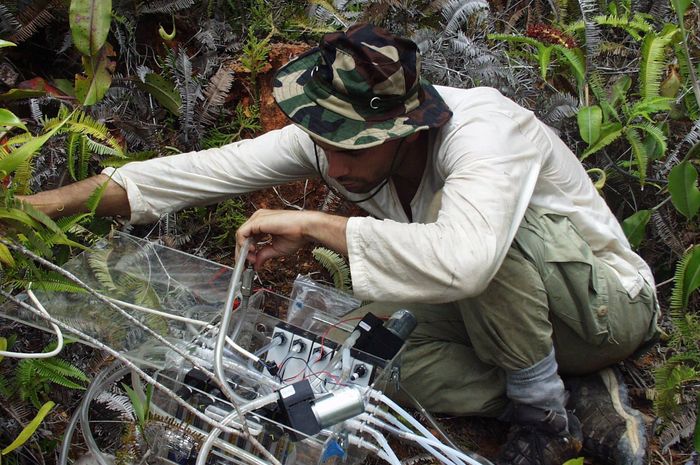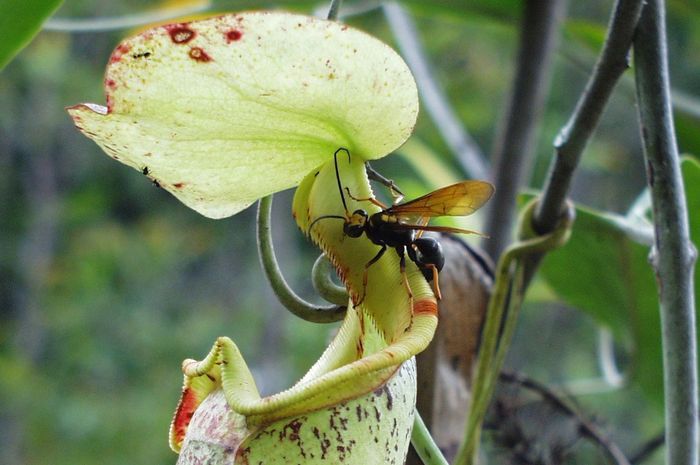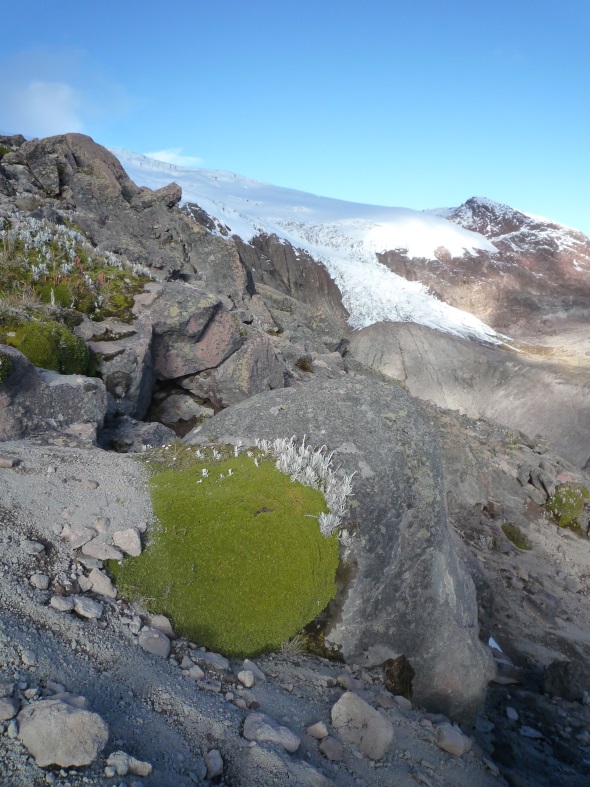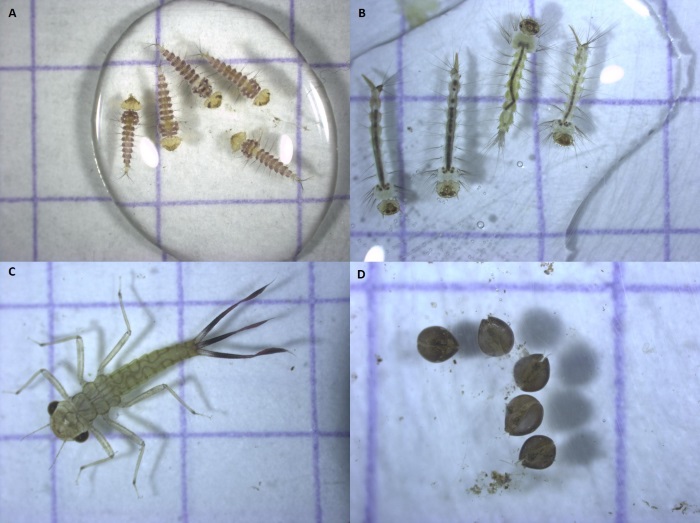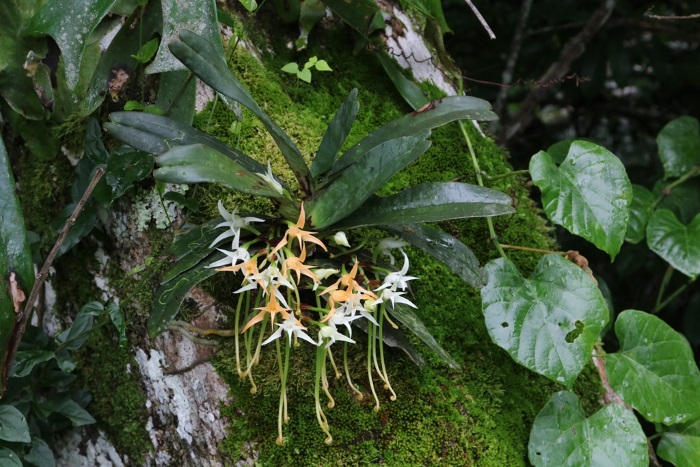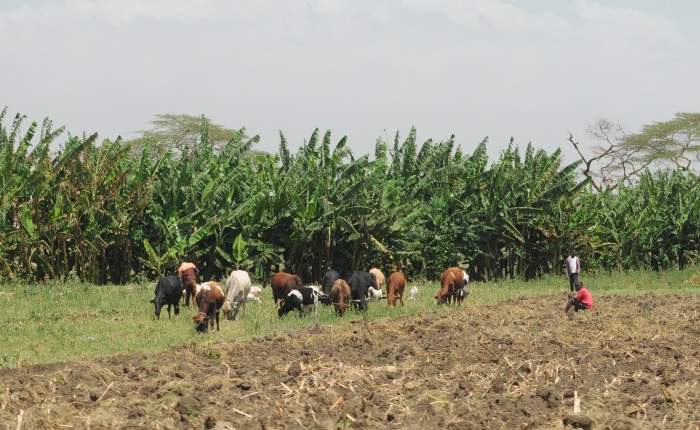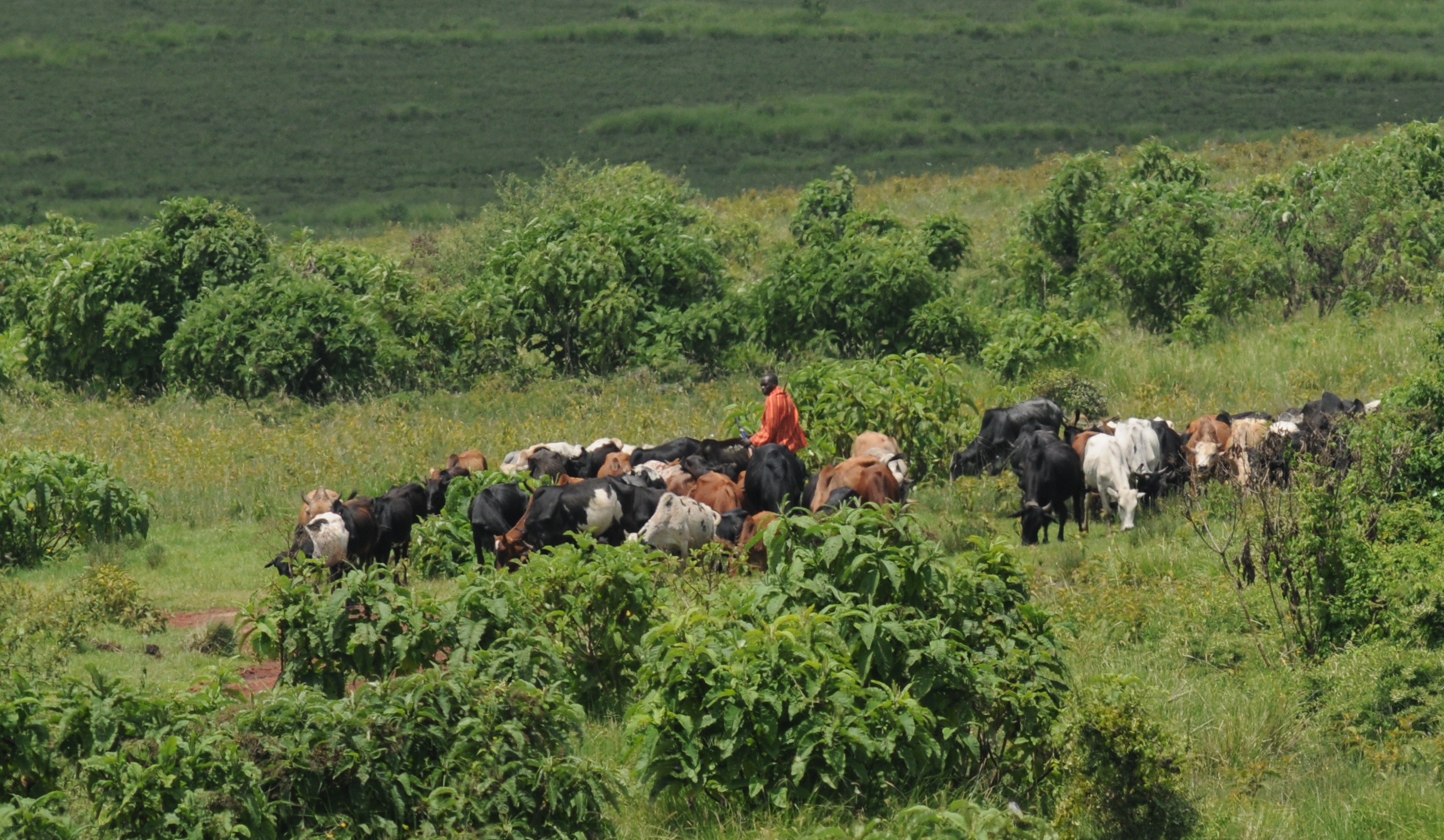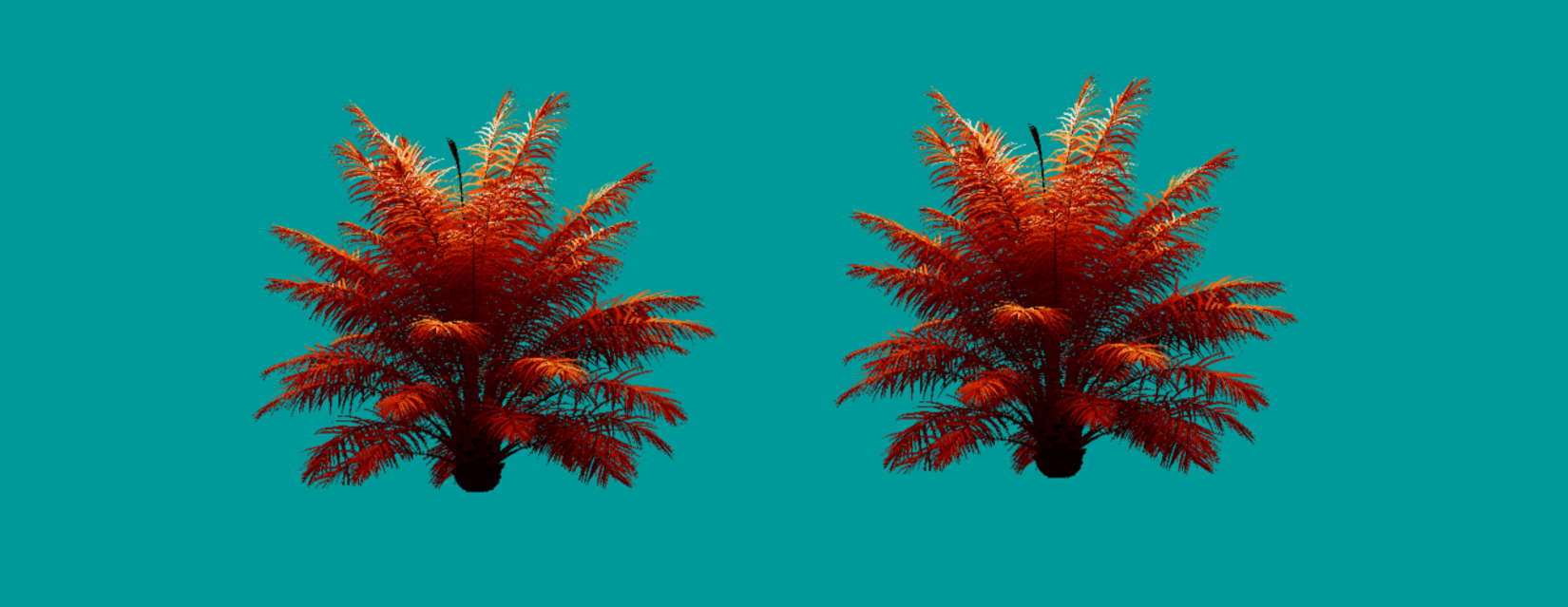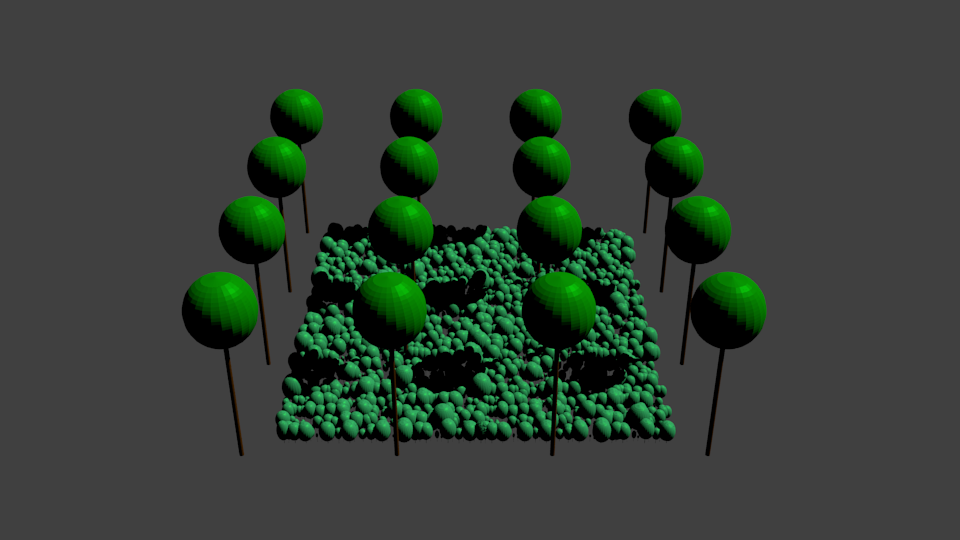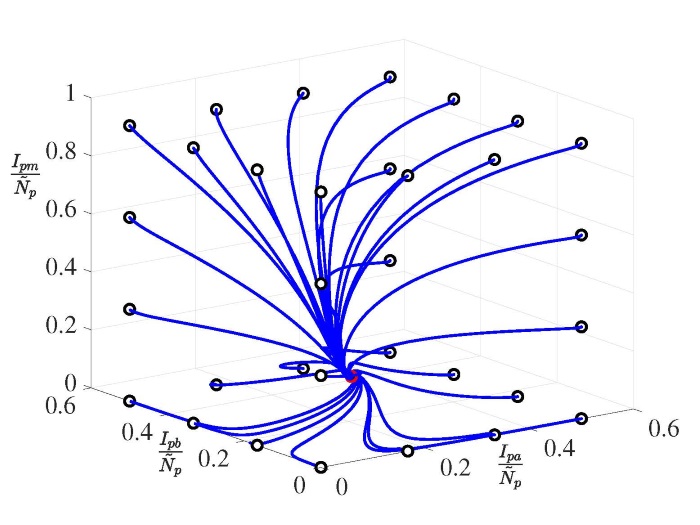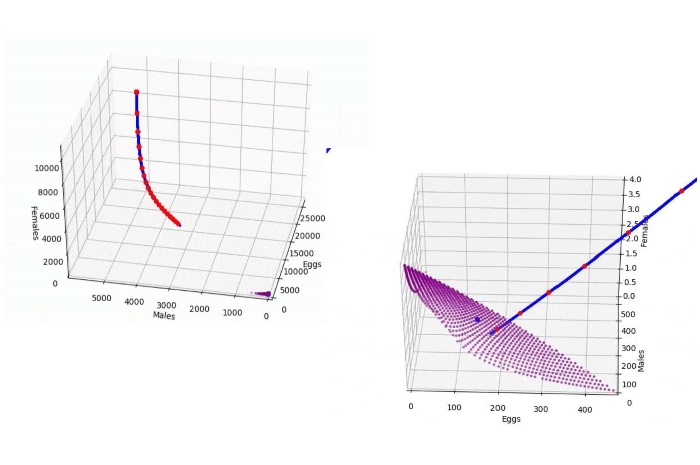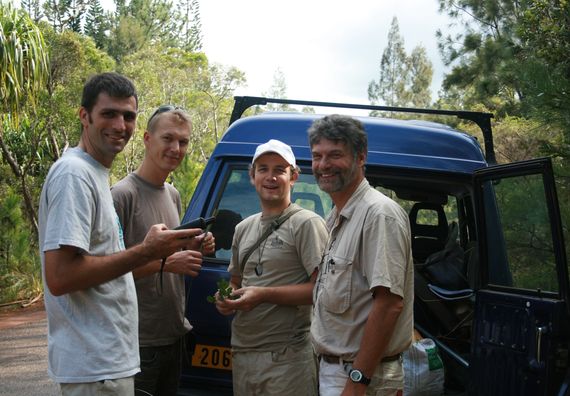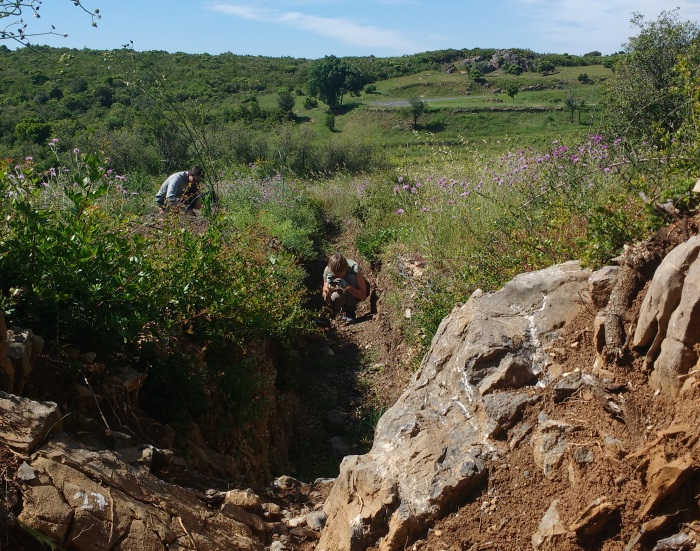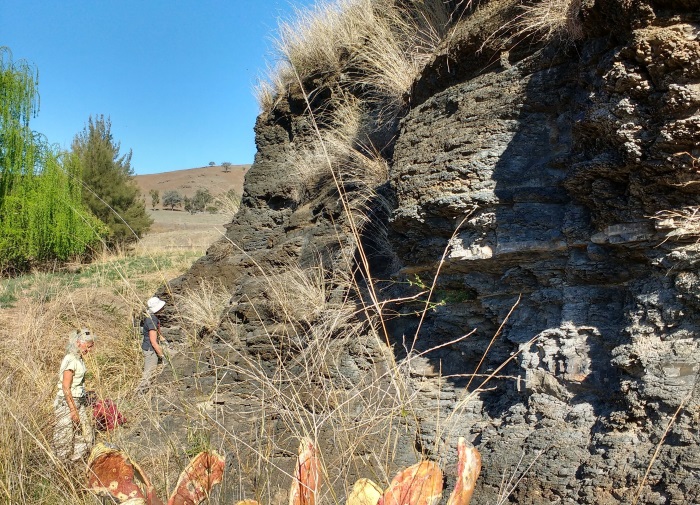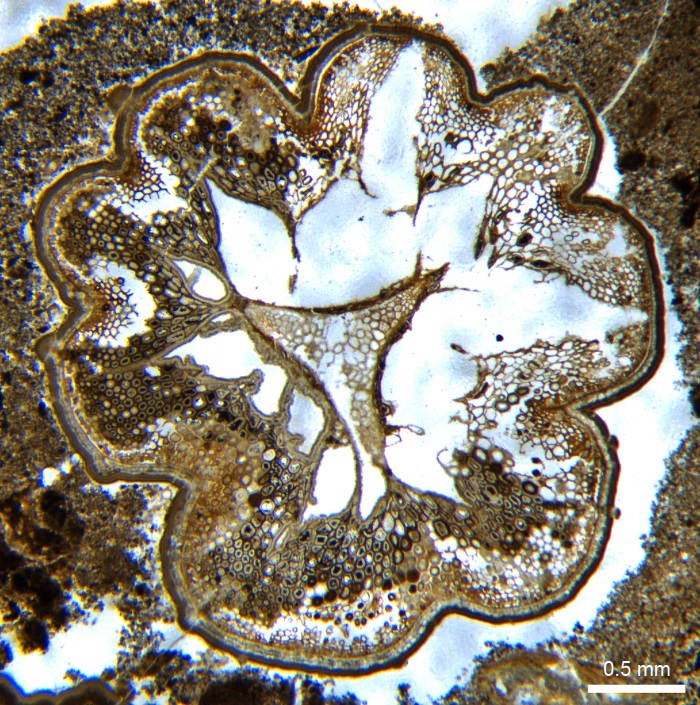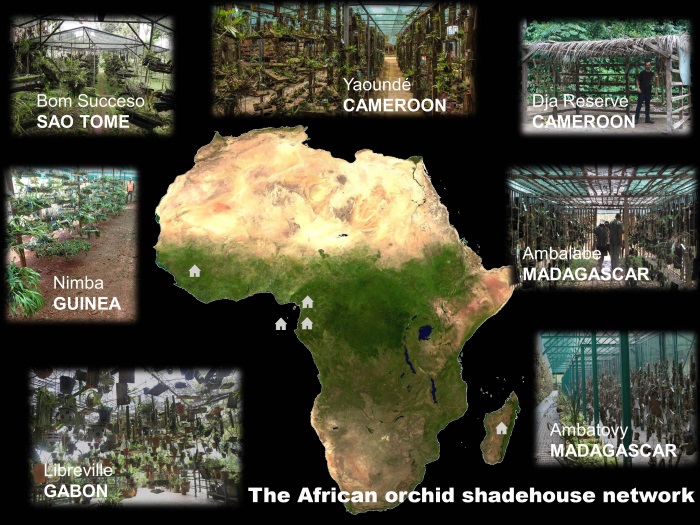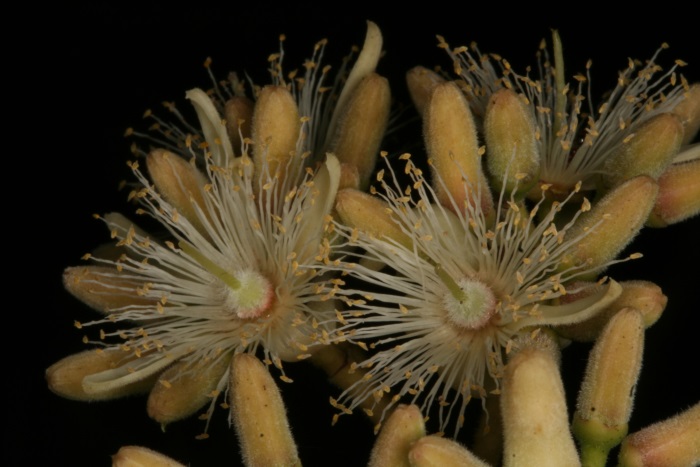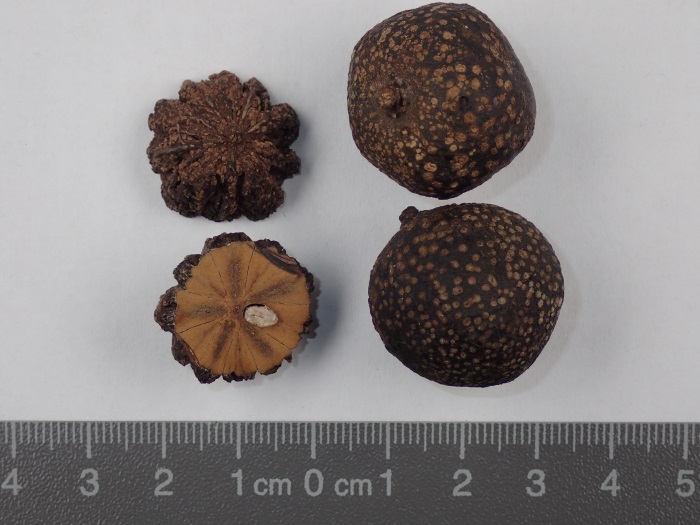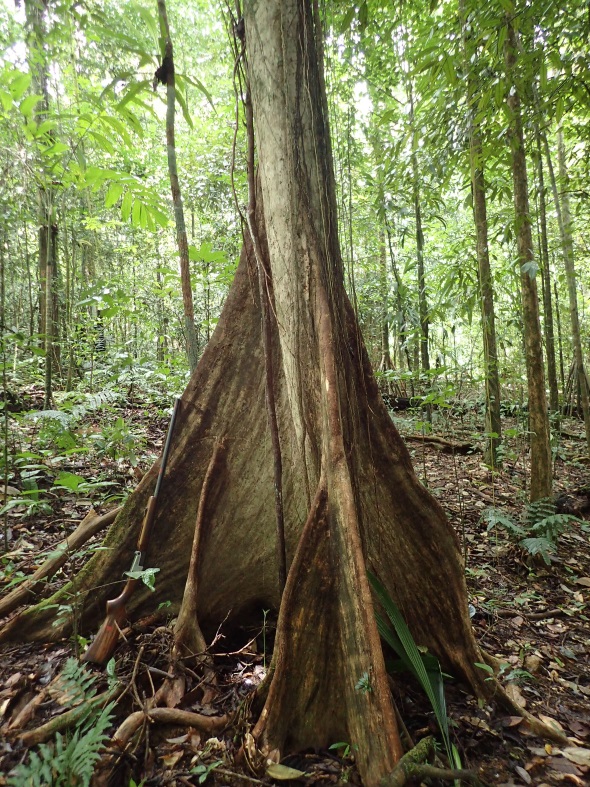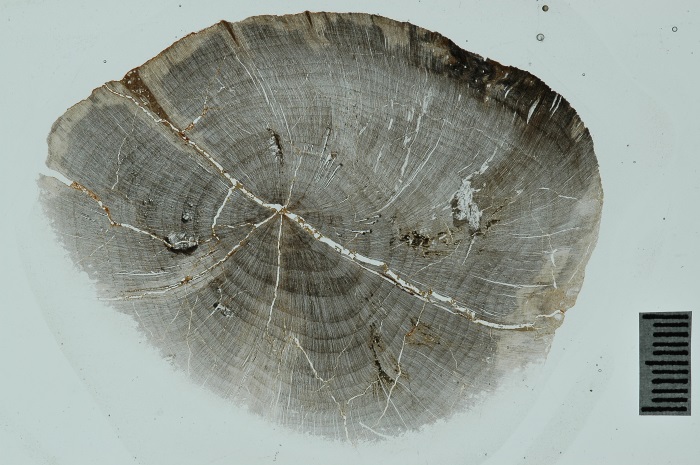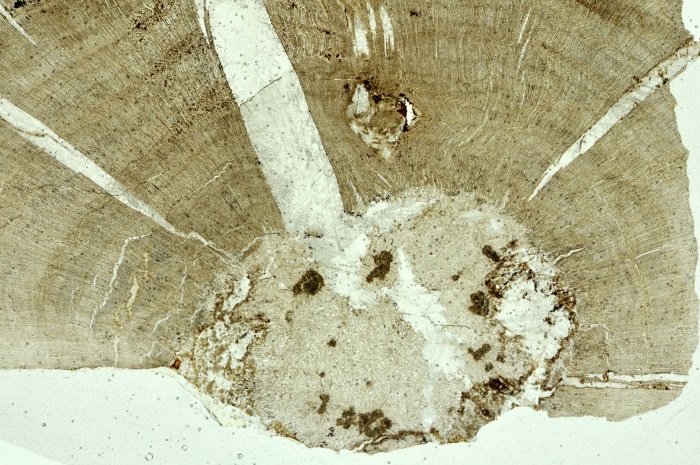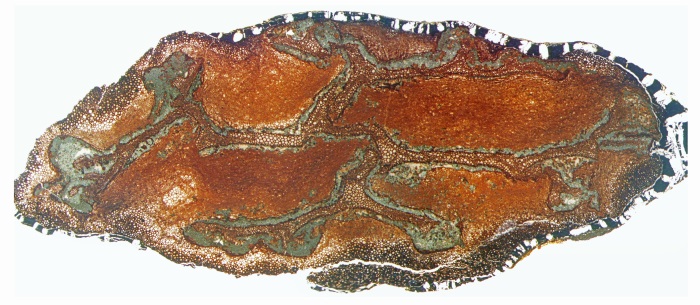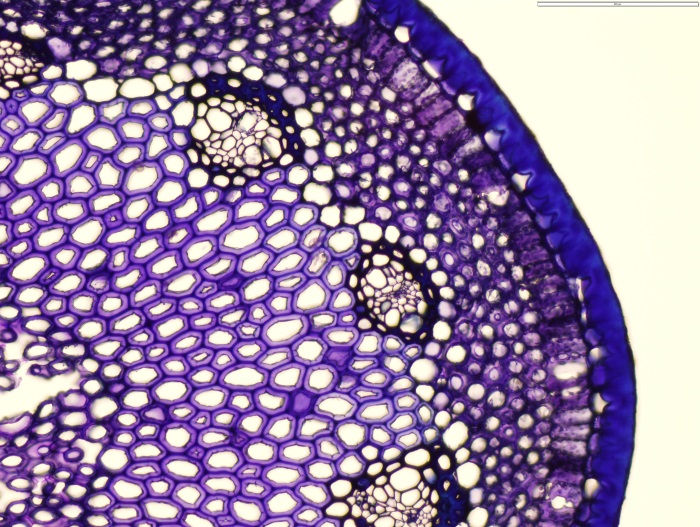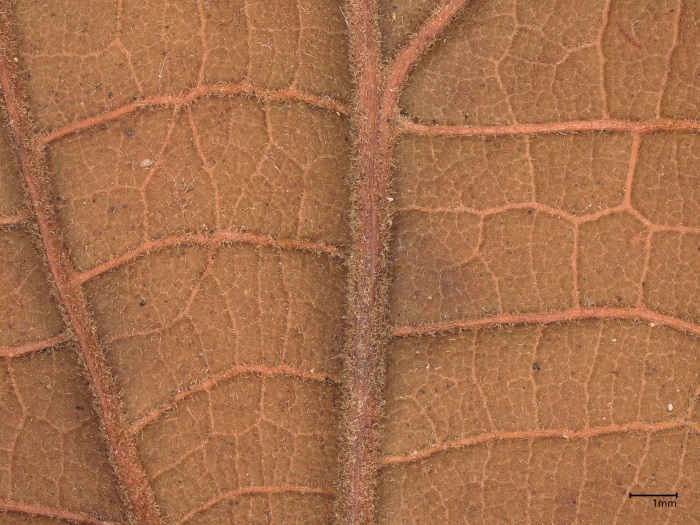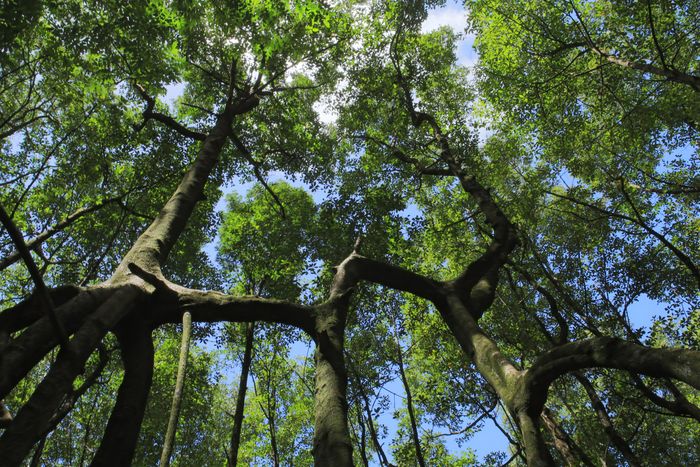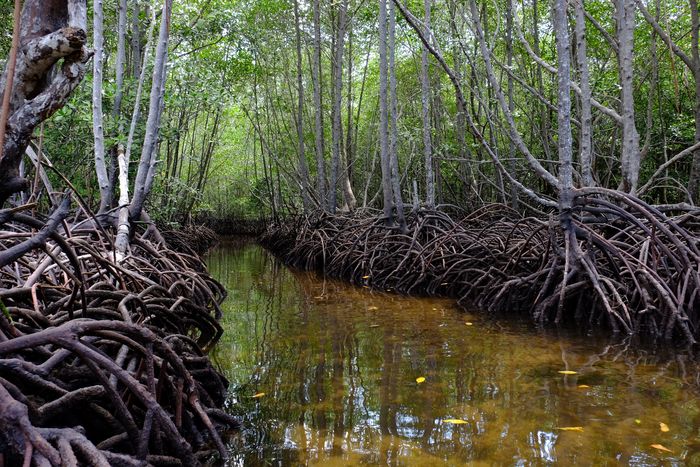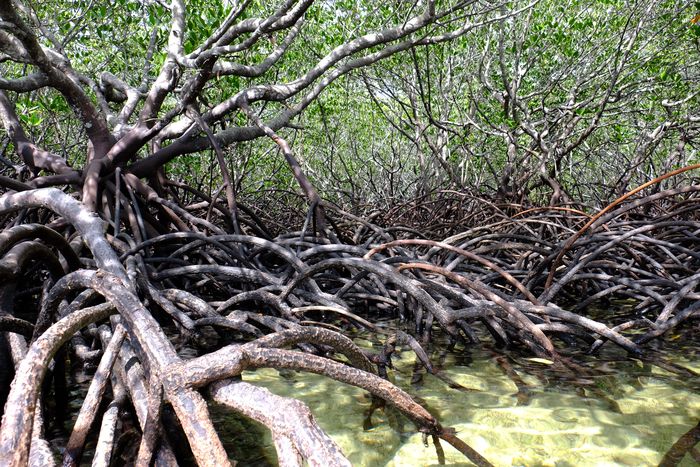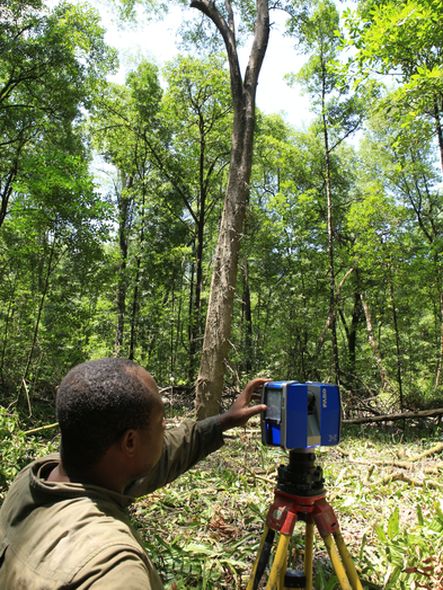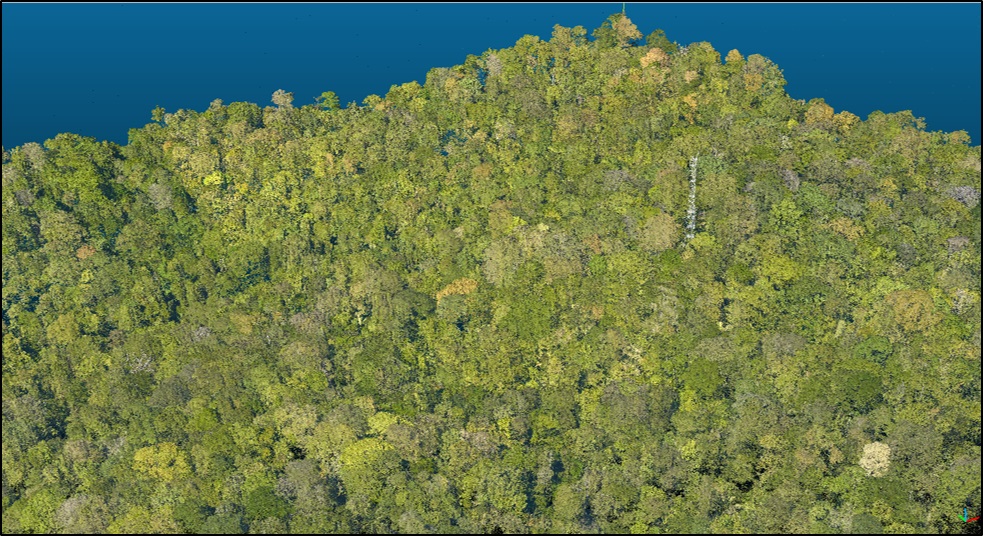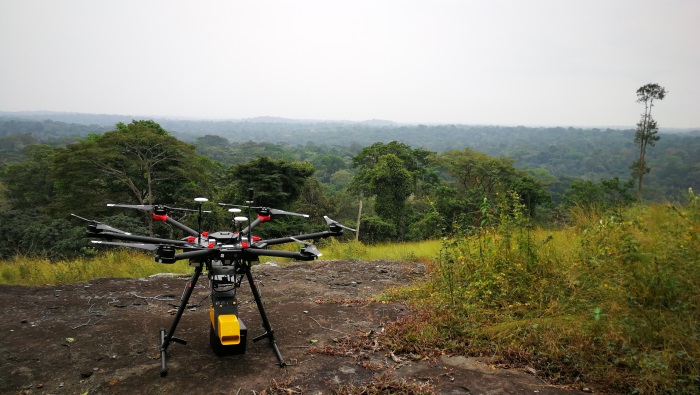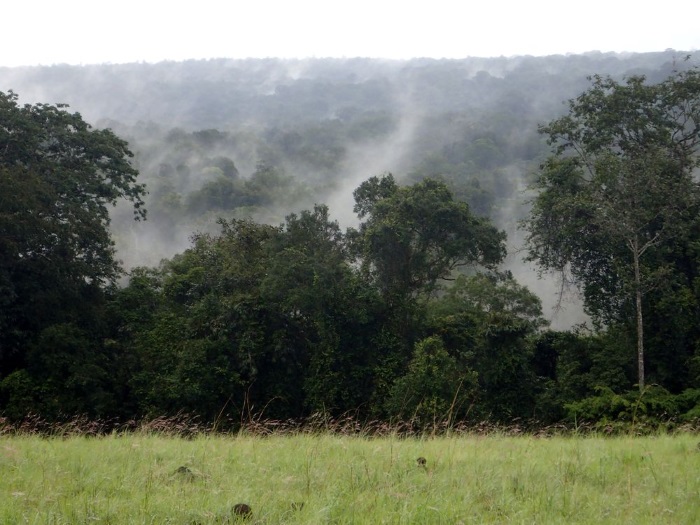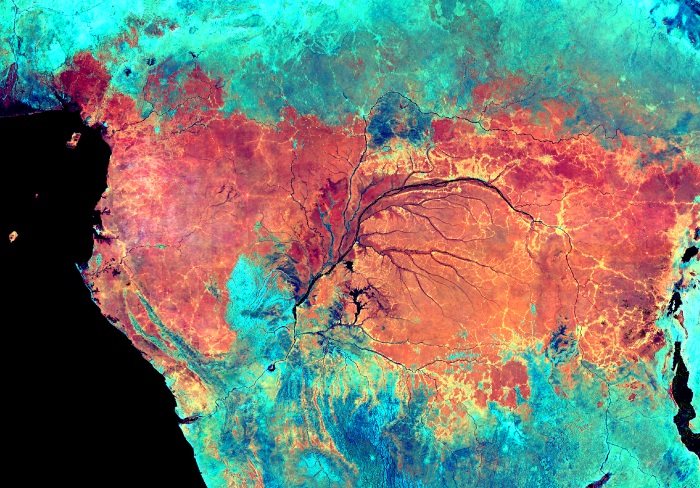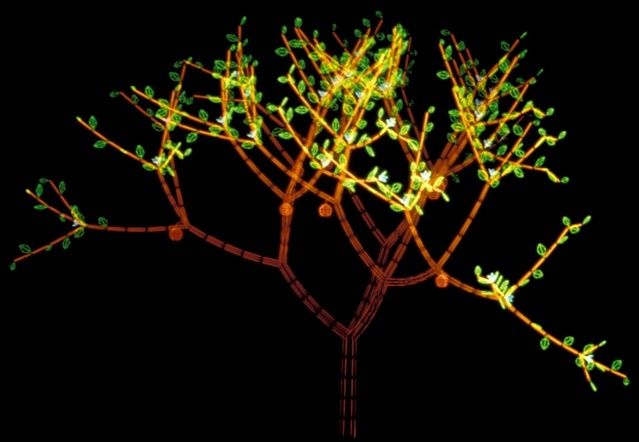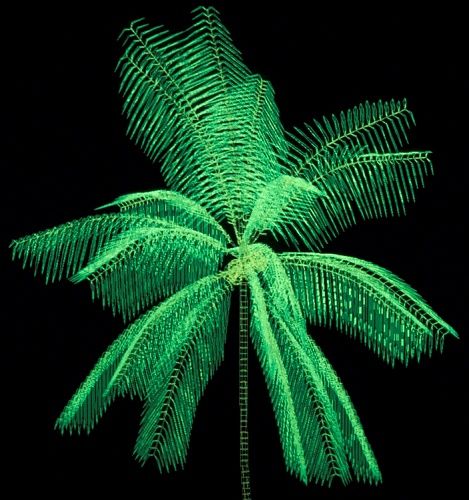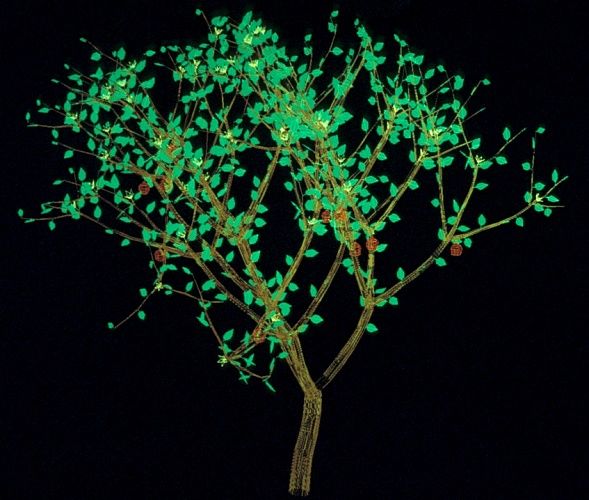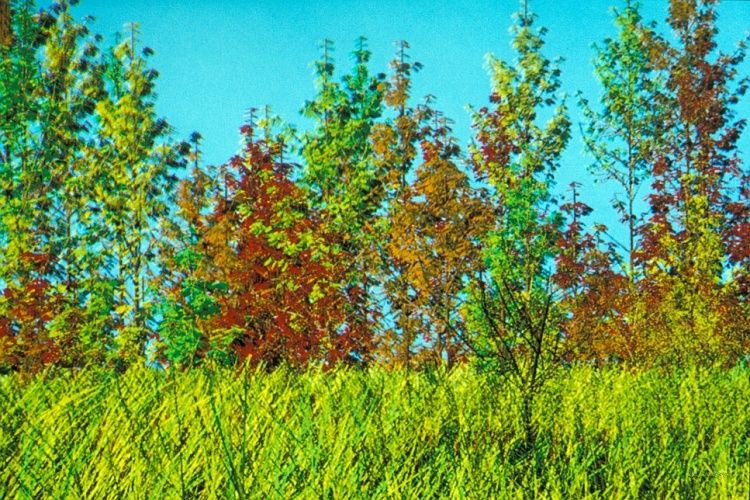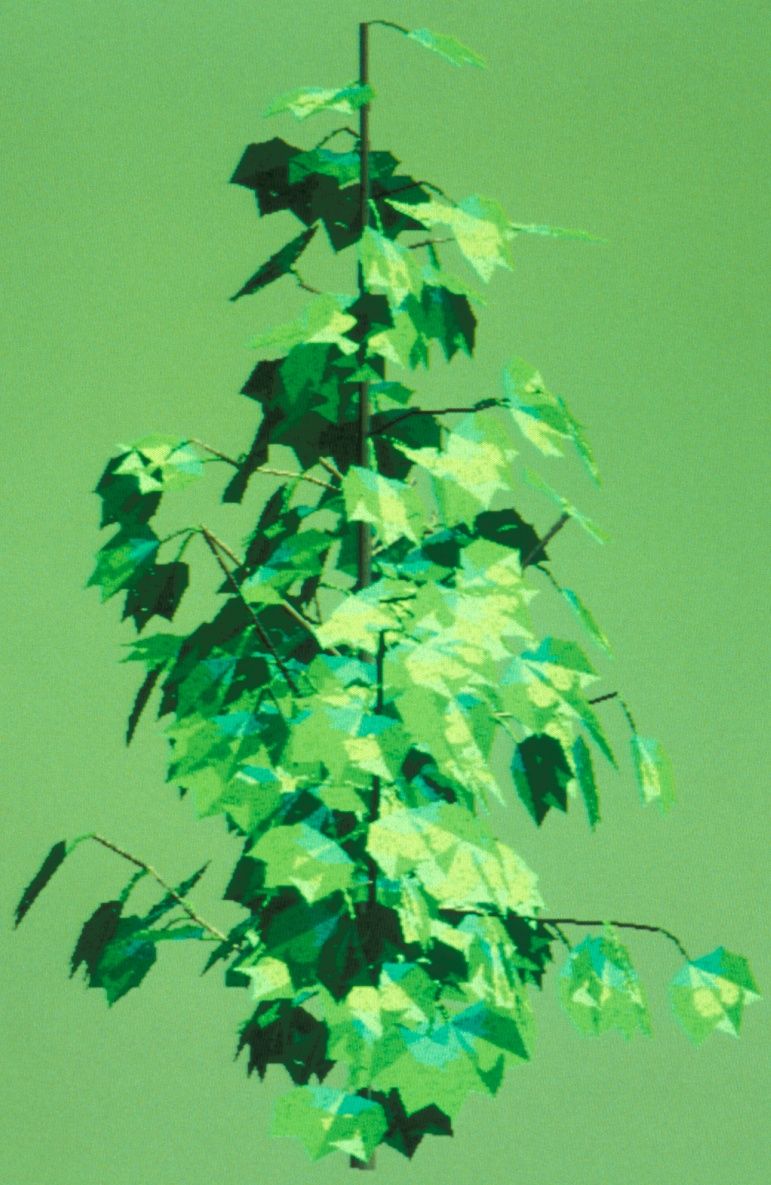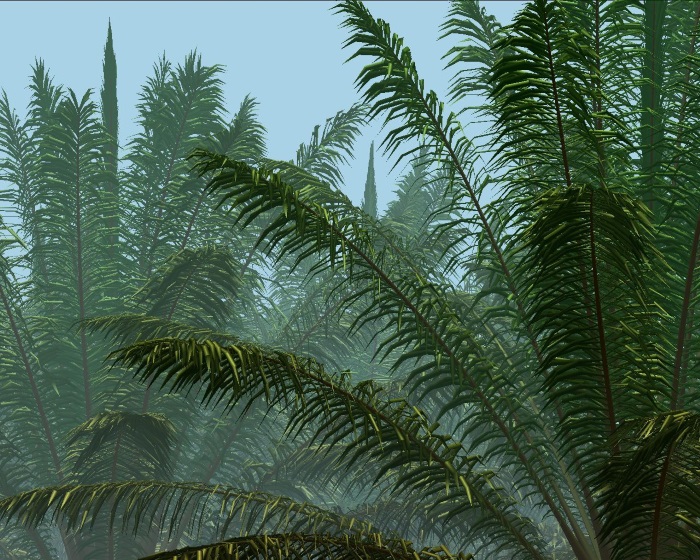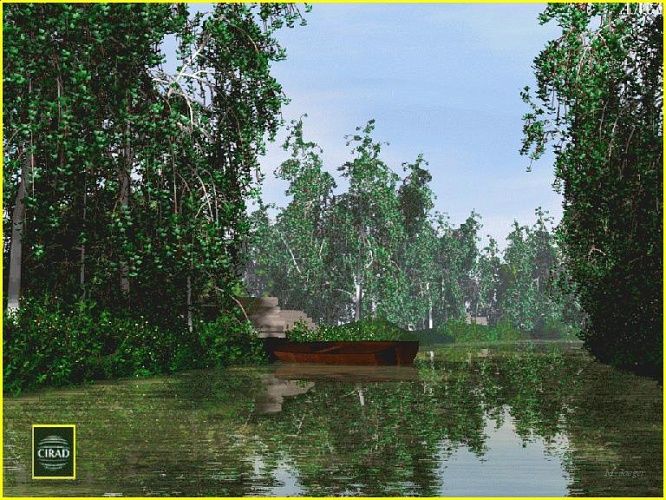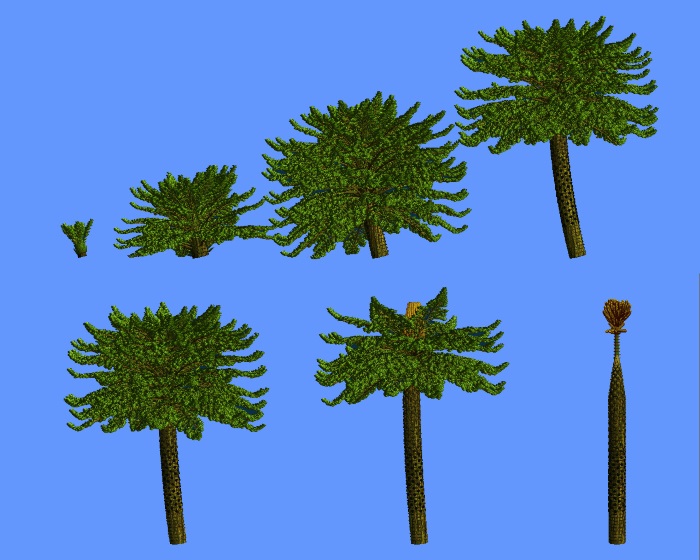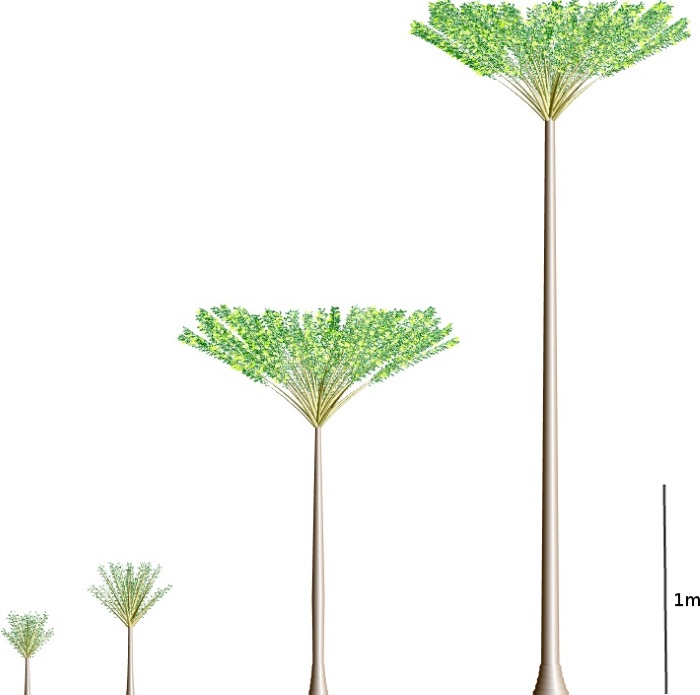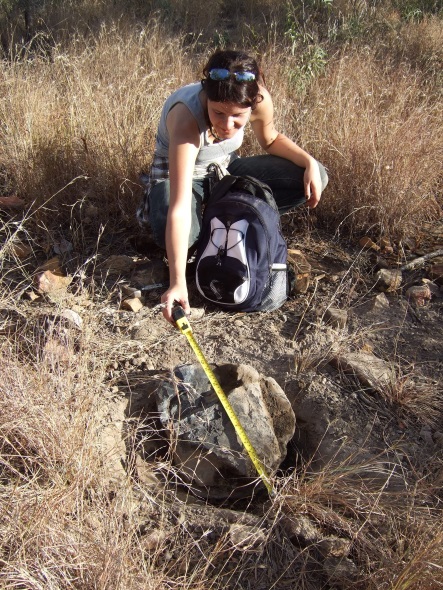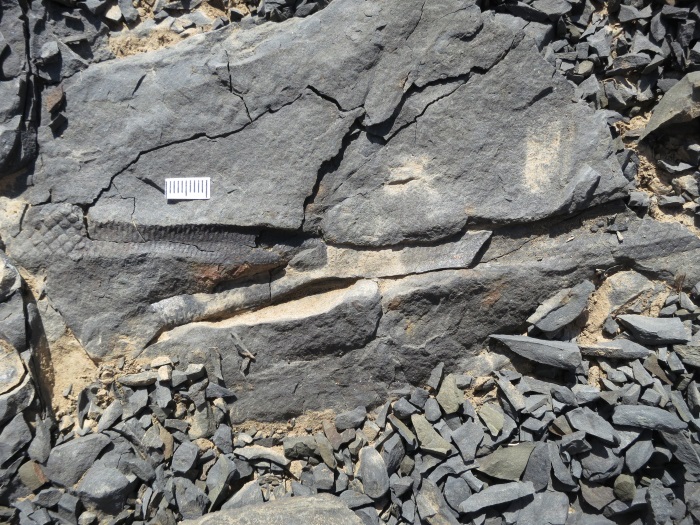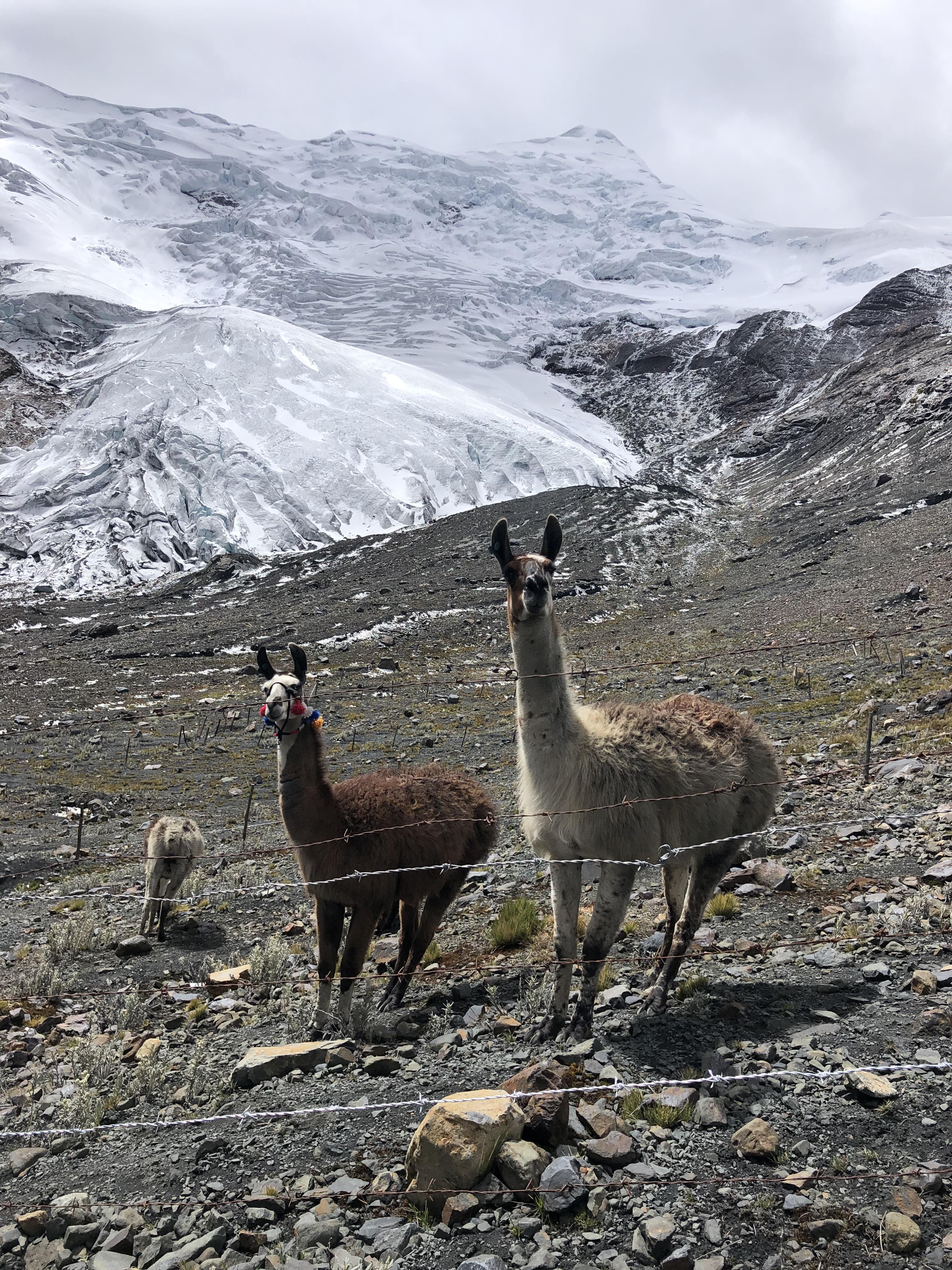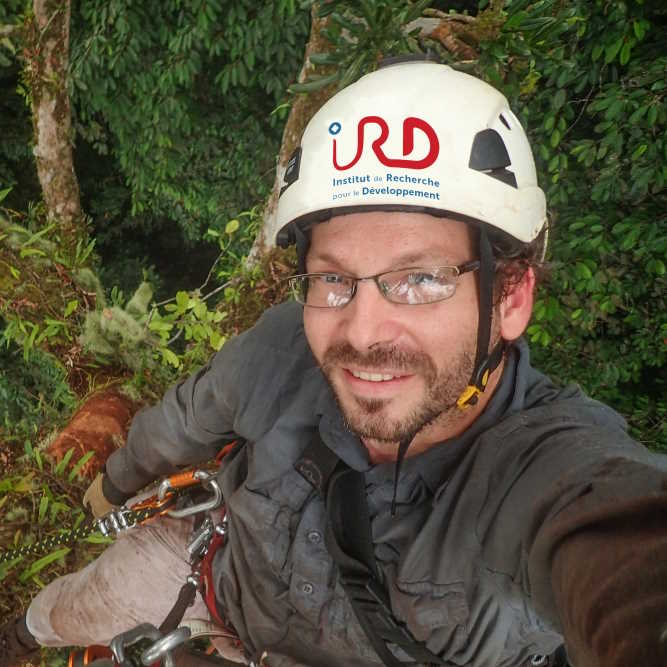SYSTE - Systematics and biogeography of extant and fossil plants
Keywords
Our work aims to inventory extant and fossil plant biodiversity, to understand the underlying processes at its origin, and to help preserve biodiversity in a global change perspective.
Our work consists in (i) documenting taxa characteristic of areas and time periods of high ecological or evolutionary interest, (ii) defining their morpho-anatomical and ecological characteristics, (iii) identifying their biogeographical origin, and (iv) researching the processes underlying current and past plant biodiversity. For extant floras, the main families studied are Amaryllidaceae, Asparagaceae, Eriocaulaceae, Lauraceae, Orchidaceae, Piperaceae, Poaceae, Rhizophoraceae, Rubiaceae, Sapindaceae, Sapotaceae, and Urticaceae. This work tries to have an integrative approach, combining morphology, anatomy, architecture, phenology, ecology, distribution, and to rely on methods of numerical taxonomy, molecular biology, and niche modelling. Knowledge of the ecology and distribution of taxa enables the prediction of future distributions in response to ongoing climate change. Work on fossil plants focuses both on pre-angiosperm floras during warm periods in Earth's history (Paleozoic and early Mesozoic) and on the origin of extant vegetation (Cenozoic), with a focus on poorly sampled geographical areas.
Our work benefits from research infrastructures such as the herbaria (notably CAY, NOU curated by AMAP), the palaeobotanical collection of the University of Montpellier, and AMAP's histology technical platform (extant & fossil). The main geographical sites are the Mediterranean region, South America, Central Africa, Kenya and Madagascar, and New Caledonia for the current floras; North Africa, Australia, Antarctica, and New Caledonia for the fossil floras. The work is based on the exploitation of pre-existing collections, field missions to acquire additional material (naturalist expeditions, fossil deposit excavations) or databases of species occurrences, possibly coming from citizen sciences (see for example Pl@ntNet).
| Acronym | Title | Duration |
|---|---|---|
| DiosAdapt | Évolution, adaptation et diversification des Diospyros de Nouvelle-Calédonie Porteur : Ovidiu PAUN (Univ. Vienna) | 2022 - 2026 |
| DOPAMICS | Domestication and adaptation in Neotropical palms – a microevolutionary history Porteur : Louise BROUSSEAU | 2022 - 2027 |
| EDENE | Extinction dynamics of endemic trees in exotic-dominated ecosystems Porteur : Robin POUTEAU | 2023 - 2026 |
| LWI | Life Without Ice Porteurs : Olivier DANGLES (IRD, UR 072) / Sophie CAUVY-FRAUNIE (INRAE) | 2020 - 2026 |
| MELANOBS | Towards a Melanesian observatory of forest response to global change Porteur : Thomas IBANEZ | 2023 - 2025 |
| NC-Laurac | Systematics of New Caledonian Lauraceae Porteur : Jérôme MUNZINGER | 2016 - 2025 |
| SSP-Sapind | Systematics of South Pacific Sapindaceae Porteur : Pete LOWRY (UMR ISYEB) | 2009 - 2025 |
| VANILLA | Conservation and reproductive biology of the giant leafless Vanilla atsinananensis, endemic to the highly threatened eastern lowland forests of Madagascar Porteur : Vincent DROISSART | 2024 - 2026 |
CATHELINEAU Paul 2023 - 2026. biomécanique des fibres de palmiers d’Amazonie. Ecole doctorale : Diversités, Santé et Développement en Amazonie - ED 587 / Université de Guyane. Dir : BOSSU Julie / Co-dir. : BROUSSEAU Louise
DURIEUX Thibault 2021 - 2025. Early woody plant diversity and biology: An integrative evolutionary and palaeoenvironmental study. Ecole doctorale : Trinity College Dublin / Trinity College Dublin. Dir : HARPER Carla J.
MOUILLAC Chloé 2023 - 2026. Impact de la cueillette sur les populations de fleurs sauvages en France Métropolitaine. Ecole doctorale : GAIA / Université de Montpellier. Dir : ANTHELME Fabien
ROJAT Margaux 2023 - 2026. Interactions biotiques entre les plantes exotiques envahissantes et les arbres menacés endémiques des Mascareignes. Ecole doctorale : GAIA / Université de Montpellier. Dir : PELISSIER Raphaël
- Germany : Université de Munich
- Algéria : ENSA d’Alger ; Universités de Annaba, de Batna, de Béjaia, de M’Sila, de Mostaganem, de Tiaret, Tlemcen
- Australia : Centre for Mined Land Rehabilitation ; Sustainable Minerals Institute; Université du Queensland
- Belgique : Institut Royal Sciences Naturelles ; Université Libre de Bruxelles, de Liège
- Cameroon : Université de Yaoundé I
- Spain : UICN-Méditerranée (Malaga) ; Université de Zaragosa
- France : IMBE, univ. Aix-Marseille ; Institut Agronomique néo-Calédonien
- Irak : Université de Duhok (Kurdistan)
- Kenya : Kenya Forest Service ; Kenya Marine and Fisheries Research Institute ; Musée national de Nairobi ; Université de Nairobi
- United Kingdom : Kew Botanical Garden
- Swenden : Swedish Museum of Natural History
- Tunisia : INAT Tunis ; Université de Monastir
- USA : Missouri Botanical Garden ; Université du Kansas


